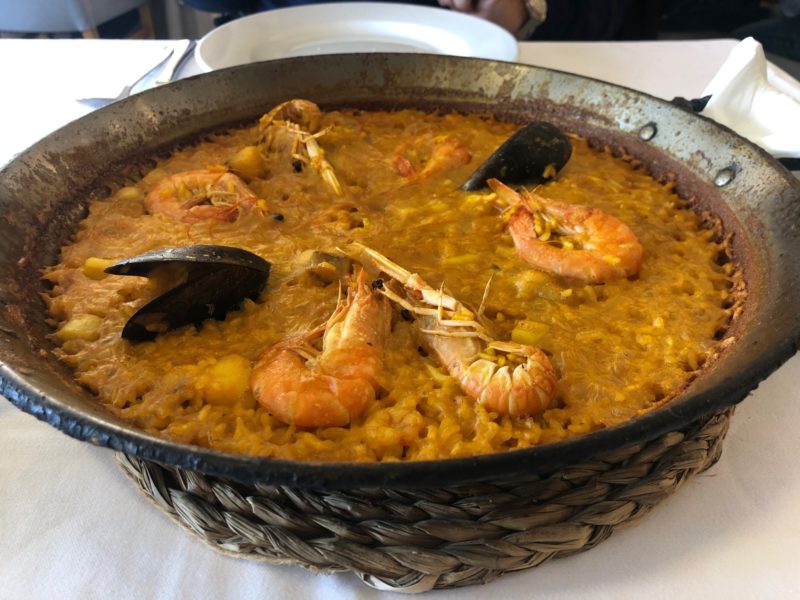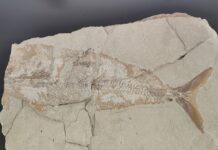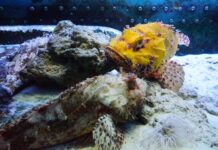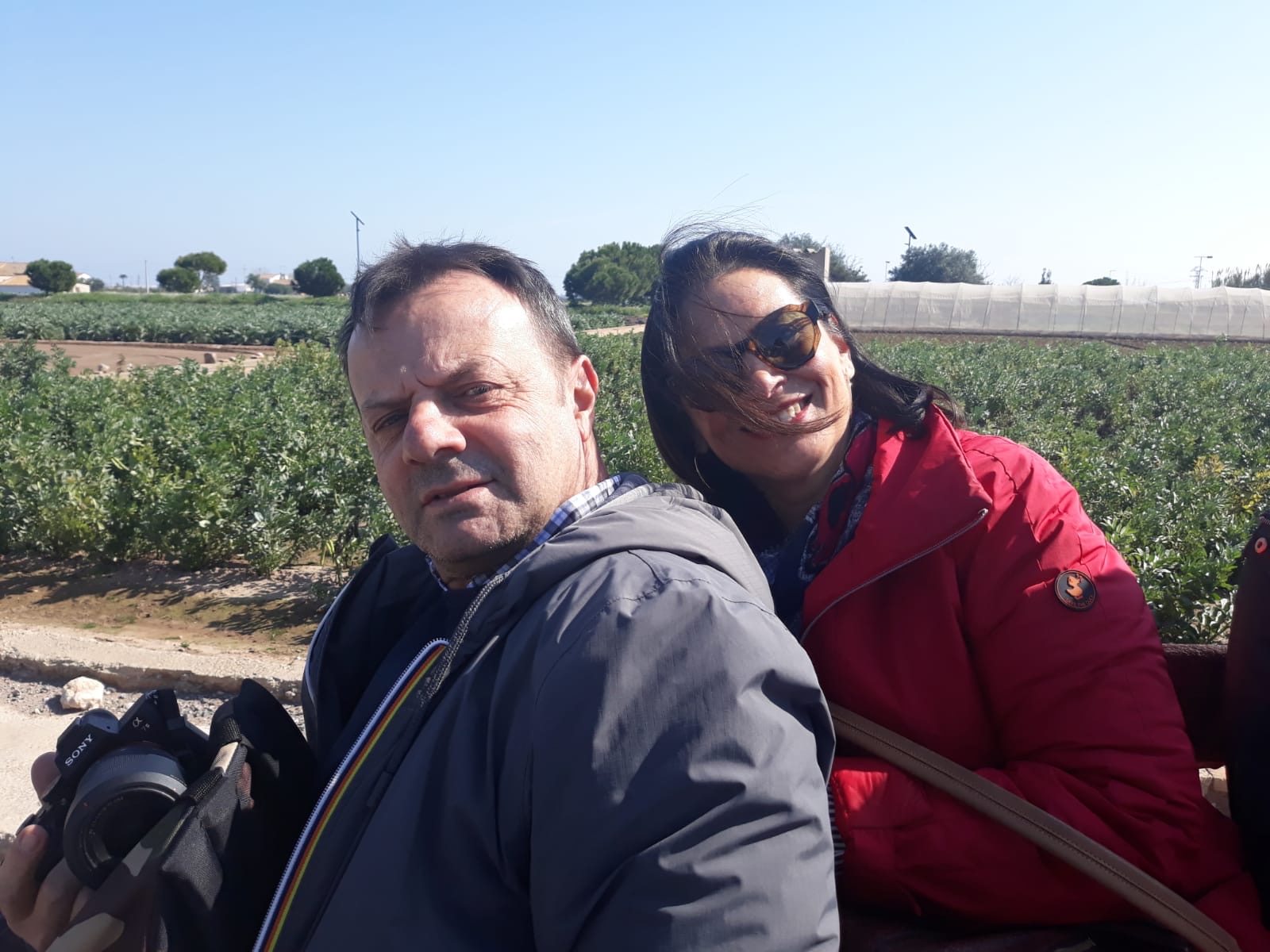Horta or Huerta in València is one of the few peri-urban gardens that remain in Europe, as well as one of the most relevant Mediterranean fruit landscapes. Built 1,200 years ago and known as the Valencian garden, it was declared by the FAO as an Important System of World Agricultural Heritage (SIPAM) in November 2019.
The real paella and the city beaches

If the Valencian vegetable garden, irrigated by the Turia river through a complex gravity irrigation system designed by the Arabs in the 8th century, has always represented a unique picture, the Huerta de València has assumed a fundamental role in the crisis derived from the Coronavirus, ensuring fruit and vegetables not only to the Valencian Community, but also to other regions of Spain.
In addition, the forecasts for post-Covid-19 tourism look to Huerta as a perfect destination: an open-air place, without overcrowding, that can be cycled independently, ideal for those looking for sustainable experiences in nature.

In this green expanse around the city, between orange groves and cultivations of chufa or sweet bunting, the tuber from which the horchata is obtained, is Meliana, the village where Toni Montoliou has his barraca, the typical Valencian cottage with a pitched roof.

We got to know this person known throughout the country, a real pop star of paella and peasant life, during our tour in València last February together with Leticia Colomer, head of the Italian and French market for the VisitValència tourism.

And from the warm welcome we immediately realized that it is not just a legend: Toni is really histrionic and very nice. And before showing his guests how to prepare real Valencian paella, still cooked over a live wood fire made from orange trees, he showed his cyclist skills on the contrary by mounting on a bicycle and pedaling backwards causing hilarity in all present.

This original presentation preceded the ride on board a cart pulled by a horse with which a second barraca is reached, which testifies the life of those who have lived in these lands for generations, such as Toni’s family.
The construction stands out very white among the fields cultivated with orange groves in Huerta and inside it is divided into two by a mezzanine on which the pods of the particular peanuts that are grown here in the Horta are placed to dry. This is the Cacau del collaret variety, an American peanut that has a characteristic narrowing in the center between the grains, as if it wore a very narrow necklace, which in Spanish is called collaret and which gives rise to the name.

A delight that we enjoyed shortly afterwards as an aperitif with a nice fresh beer waiting for the paella. First, we stopped among the orange trees and collected some fruit that Toni generously gave us and that we brought with us home, risking to pay the surtax for the excess baggage!

Upon returning from the tour in the countryside, Toni led us to his garden to collect seasonal vegetables with him for the paella which is cooked in the typical wrought iron container, on burning wood strictly obtained from orange trees.

The first ingredient that starts browning is meat. In fact, paella was born in València, right here in Huerta, as a peasant dish and the original version includes duck, rabbit, caracoles the Spanish name of snails, a local variety of bean called garrofò, tomatoes, green beans, pimenton dulce which is a powder of dried pepper that is not spicy and oil olive. When they are in season, artichokes can also be added.
The rice used is of Bomba quality, with short grains that look like small pearls, which is grown in the wetland of Albufera, the largest lake in Spain, located south of València.
Then all that remains is to wait for the perfect cooking of the rice which must be mixed only for the first five minutes, so as to mix it well. Then he is left to simmer and it is at this point that Toni has invited us to approach the paella and the steaming rice saying: “listen how he sings …”.

This procedure is essential to create the most delicious part of the dish, the socarrat, that is, the scorched rice on the bottom of the pot, which Toni himself brought to the table after having scraped it from the bottom.

After the authentic Valencian paella, we also wanted to try the version of paella de marisco, in which molluscs and crustaceans enrich this delicious single dish. We chose to enjoy it at one of the sea view tables of the El Coso restaurant (Paseo Neptuno 12) overlooking the Marina di València which is full of crowded clubs until late afternoon.
Next time we would also like to try the Fideuà, the seafood-based spaghetti paella that is prepared in the same pot used for rice and which takes its name from the noodles used, the Fideos.


To dispose of nothing better than a walk on the long Valencian promenade, with wide beaches with golden sand and bordered by tall palm trees that make them compare to the Californian ones.

And we have pleasantly discovered that along the 20 kilometers of the city beaches, those of Cabañal and Malvarrosa, you can walk with your dogs and that that of Pinedo, south of the city, has an area reserved for dogs during the season summer.
To let our four-legged friends run free, the rural paths through El Saler and the rice fields of the Albufera or the countryside of the Huerta Valenciana are ideal.

And in the city? Valencia boasts two million square meters of gardens, including the Turia garden, the city’s large green lung that connects to the Turia natural park with its over 50 kilometers of trails, perfect for taking your dog for a walk. If you join the group “Not without my pet”, you can also travel on board the buses of the Compagnia Municipal Bus (Empresa Municipal de Transportes), by requesting the Título EMT Mascota card in the offices of the Oficinas de Atención in la Ciudadanía dell’EMT. It costs only 5 Euros, is valid for two years and can be recharged.

But the pet must not weigh more than 15 kg and travel in a portable cage of maximum 45x35x25 cm. So if we were to bring our Otto to València we could not take advantage of this convenient service but we could walk on foot among the green areas of the Jardin del Turia or the new green space of Parque Central, an area located between Ruzafa and Malilla with over 100,000 meters squares of land, frequented by children and people with pets. Designed by the American landscape architect Kathryn Gustafson by burying old railway tracks, the park boasts areas for children with a climbing wall, slides or water games and an area completely dedicated to dogs bordered by a metal fence.
In collaboration with VisitValència
















